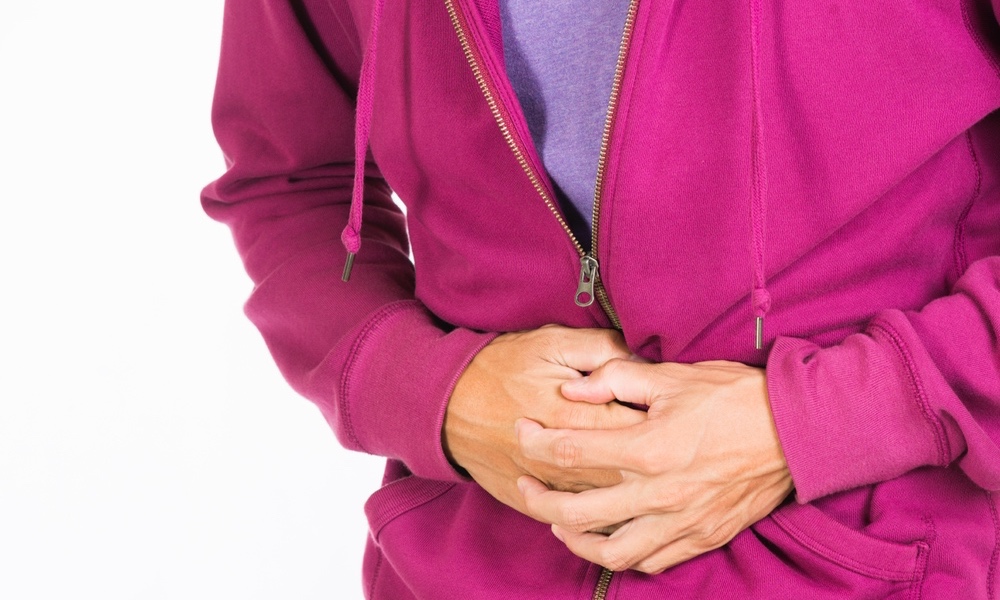An ongoing salmonella outbreak in the US with more than 70 cases in 21 states has been linked to a factory in Pennsylvania that has — quite literally — gone to the dogs.
In a period spanning a little over a year, the Mars Petcare US factory in central Pennsylvania produced more than 23 tons of potentially contaminated pet food that has been marketed under 105 different brand names. This is the first salmonella outbreak in the US definitively traced to pet food.
Infection with the salmonella bacteria produces an illness called salmonellosis. Symptoms include fever, abdominal cramps and diarrhea all of which usually start within the first 12 to 72 hours of illness and typically lasts from four to seven days. While most otherwise healthy people are able to recover without medical intervention, the resulting diarrhea can be so severe that IV fluids are needed. In addition, in especially susceptible individuals such as infants, older adults and people with a weakened or impaired immune system, the infection can spread from the abdominal tract to the bloodstream. This can lead to death if not immediately treated with antibiotics.
According to the CDC, the salmonella outbreak is a reminder that pet feeding practices have potential consequences on human health.
According to the CDC, the salmonella outbreak is a reminder that pet feeding practices have potential consequences on human health. Public health risks can easily be reduced by simple actions such as frequent washing of bowls that are used to feed pets. Contact between items which are involved in preparation of food for humans and preparation of food for pets should also be avoided. Moving the pet feeding area from the kitchen to another room in the house can help ensure this separation although care should be taken to choose an area not easily accessible to infants and young children. Anyone who touches dry pet food (including treats) should immediately wash their hands with soap and warm water for at least 20 seconds before moving on to the next activity.
Finally, families that include susceptible individuals should make sure that these guidelines are observed anywhere family members spend a portion of their day, including houses of friends and home−based daycare.




